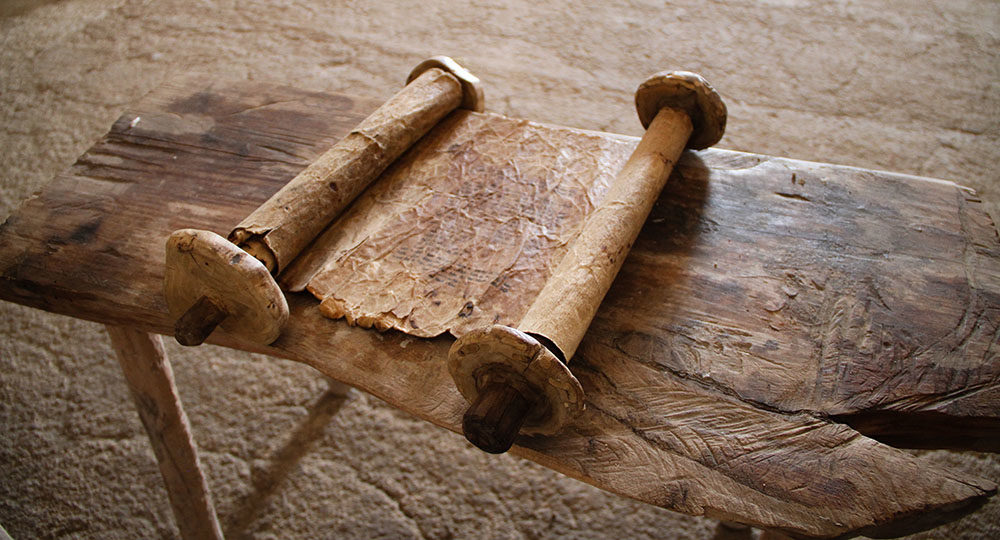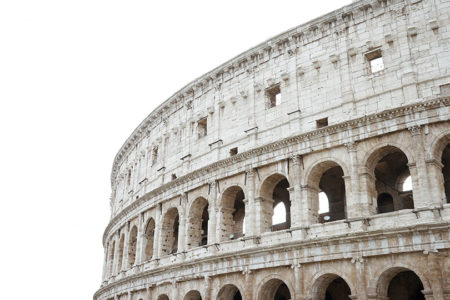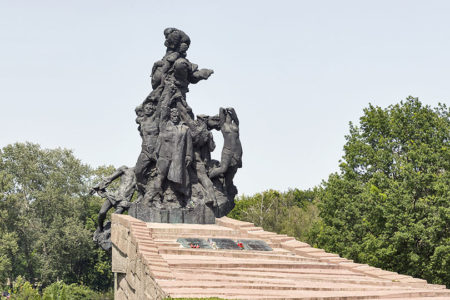Isaiah 53 and the Messiah of Israel Part Two
Who is the Servant of the Lord presented in Isaiah 53? The answer is critical to understanding the great price God paid for our redemption. Some believe Isaiah 53 does not describe a real person, but rather the nation of Israel. Is this correct? Or does it describe Almighty God who came to Earth? Verses 6 through 9 have the answers.
Isaiah 53:6: All we like sheep have gone astray; we have turned, every one, to his own way; and the Lᴏʀᴅ has laid on Him the iniquity of us all.
This Servant of the Lord gives His life to save us. While we were all far from Him, He offered His life as a total sacrifice for transgressors and sinners, revealing His great love for us: “But God demonstrates His own love toward us, in that while we were still sinners, Christ [Messiah] died for us” (Rom. 5:8).
The prophet emphasized that this Servant of the Lord carries (takes on Himself) our sins. Who is qualified to do such a thing? Who is able to forgive our sins and declare us righteous?
Isaiah himself said only God can wipe away our sin: “I, even I, am He who blots out your transgressions for My own sake; and I will not remember your sins” (43:25). God says in Isaiah 44:22, “I have blotted out, like a thick cloud, your transgressions, and like a cloud, your sins. Return to Me, for I have redeemed you.”
Thus the Servant of the Lord must be God Himself. Otherwise He could not forgive our sins.
The words and the Lord has laid on Him reinforce the truth that there are multiple entities in one Godhead. The word Him refers to the Servant of the Lord who is obviously the Lord Himself. This plurality also appears in Proverbs 30:4, which refers to both God the Father and Son: “Who has established all the ends of the earth? What is His name, and what is His Son’s name, if you know?” (See also Psalm 2 and Daniel 3:25.)
The Suffering of the Servant
Only one Person in all of history has ever fit the description of the suffering Servant of the Lord as portrayed in Isaiah 53: Jesus Christ. He is El Shaddai who took on the form of man and came into the world to atone for our sins. (See “One God, Three Entities,” in the 2007 issues of Israel My Glory.)
Isaiah 53:7–9: He was oppressed and He was afflicted, yet He opened not His mouth; He was led as a lamb to the slaughter, and as a sheep before its shearers is silent, so He opened not His mouth. He was taken from prison and from judgment, and who will declare His generation? For He was cut off from the land of the living; for the transgressions of My people He was stricken. And they made His grave with the wicked—but with the rich at His death, because He had done no violence, nor was any deceit in His mouth.
The Servant of the Lord here accepts unjust treatment with humility and without objection. He does not fight or rebel but does as He is told.
The word oppressed means He was beaten by oppressors. His silence and obedience are likened to that of a lamb taken to the slaughter. The people of Israel are described as in need of a sacrifice for their transgressions: “for the transgressions of My people He was stricken” (v. 8). But the Servant who was “stricken” for those transgressions is described as having done no wrong (v. 9). Isaiah aptly portrayed Him as a lamb: the Lamb of atonement, spotless and perfect, like a lamb for sacrifice. Such was the Servant of the Lord.
The Israelites knew that only perfect animals could be used for sacrifices. Yet these animals were only shadows, symbols of the final sacrifice that would be offered for the sins of mankind on the appointed day. Isaiah stated clearly that the Servant of the Lord is the real and eternal Sacrifice (cf. Heb. 9—10).
For this reason, John the Baptist cried out when he saw Jesus, “Behold! The Lamb of God who takes away the sin of the world!” (Jn. 1:29).
Some argue that Jesus complained and rebelled by asking God the Father to take “this cup” from Him (Mt. 26:39). But such is not the case. Jesus Christ, the Son of God, knew purity and holiness and understood well the pain that awaited Him. He knew the effect of the sin curse that He was about to take on Himself.
When He asked the Lord to remove the cup from Him, He actually asked if there was another way through which He could redeem mankind. Jesus did not intend to abandon humanity to Satan and did not regret having come to redeem it. He merely wanted to avoid being separated, for even one moment, from God the Father (“My God, My God, why have You forsaken Me?” Ps. 22:1; Mk. 15:34).
But He knew there was no other way. There was no solution apart from shedding the pure, atoning blood of the Servant of the Lord—Jesus Christ, the Son of God and the suffering Servant of Isaiah 53.







